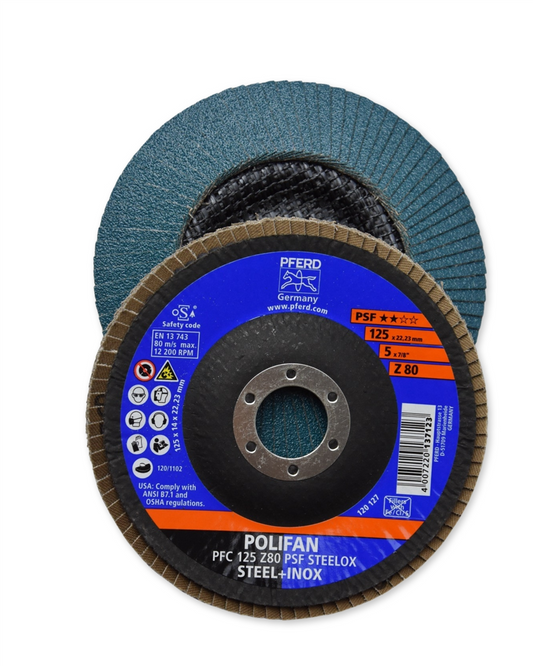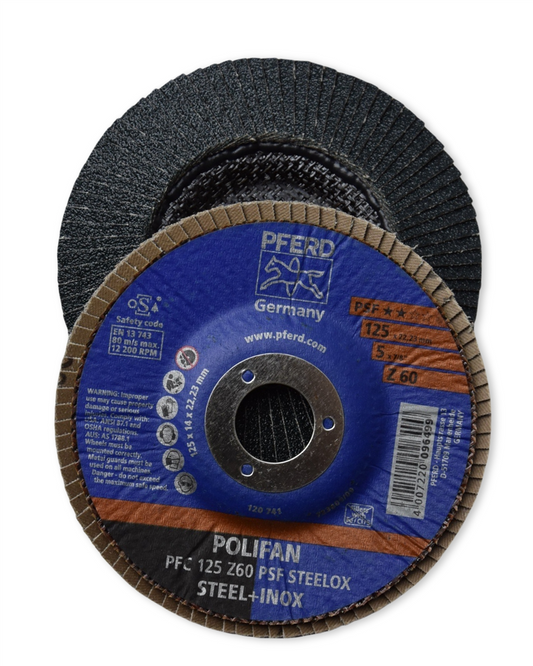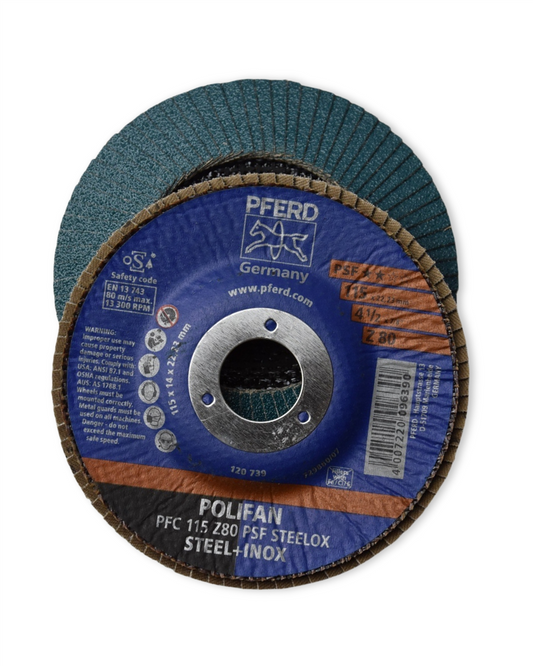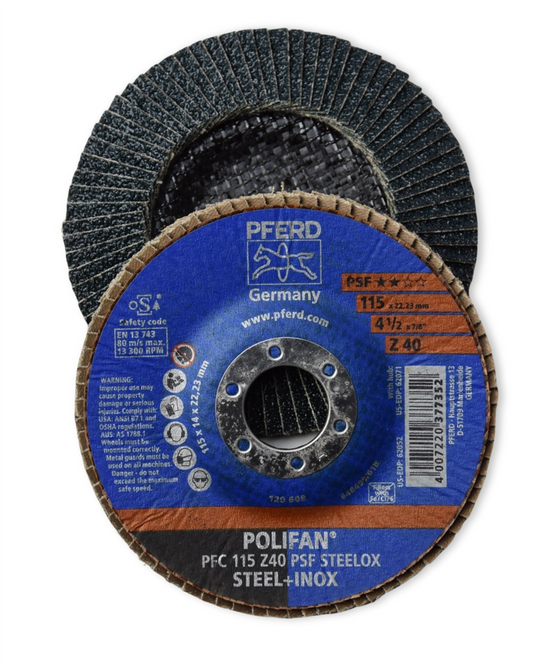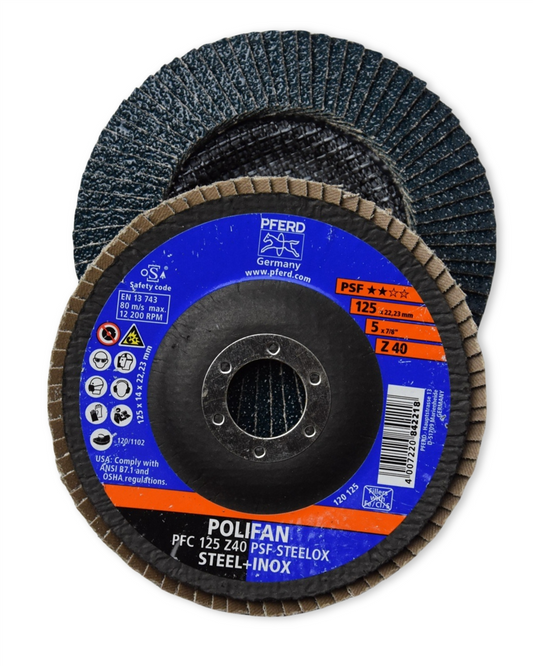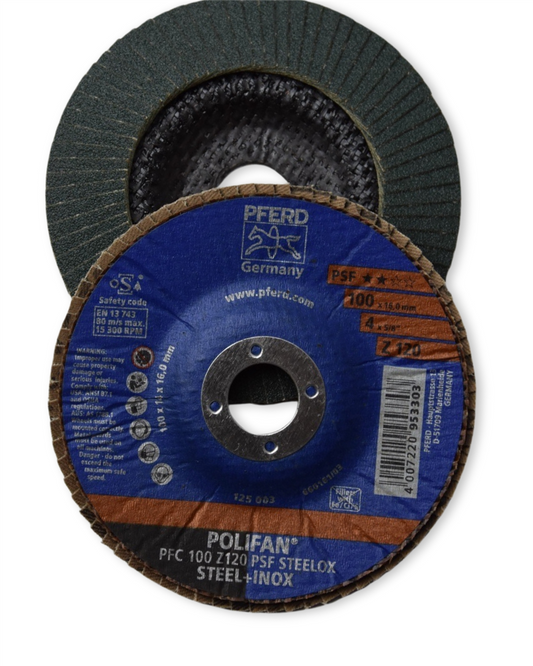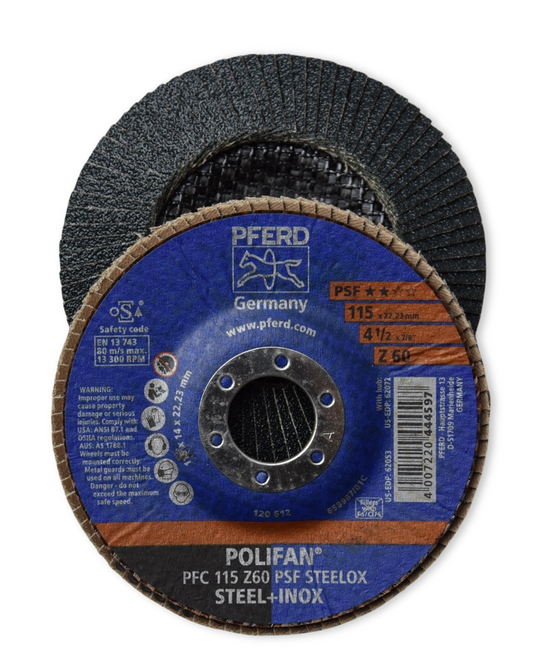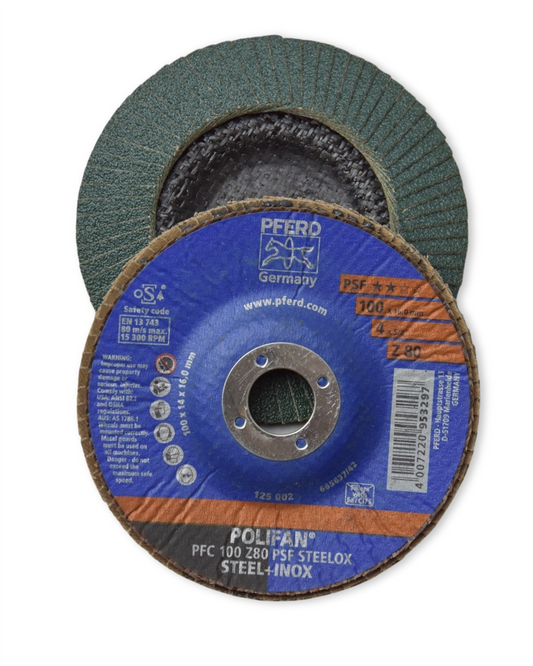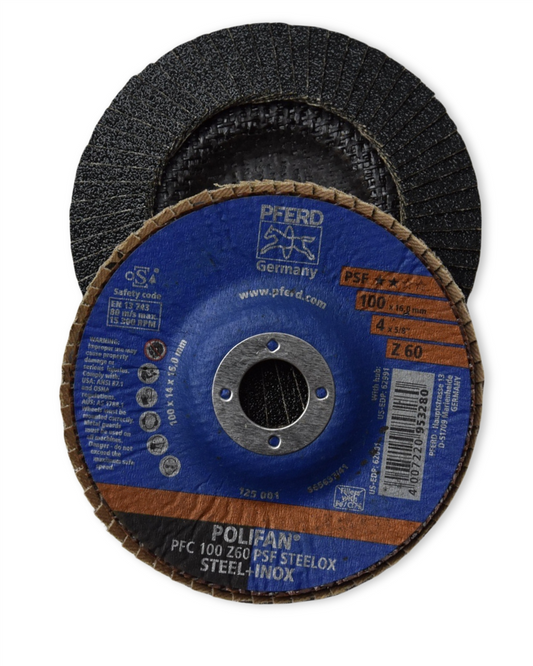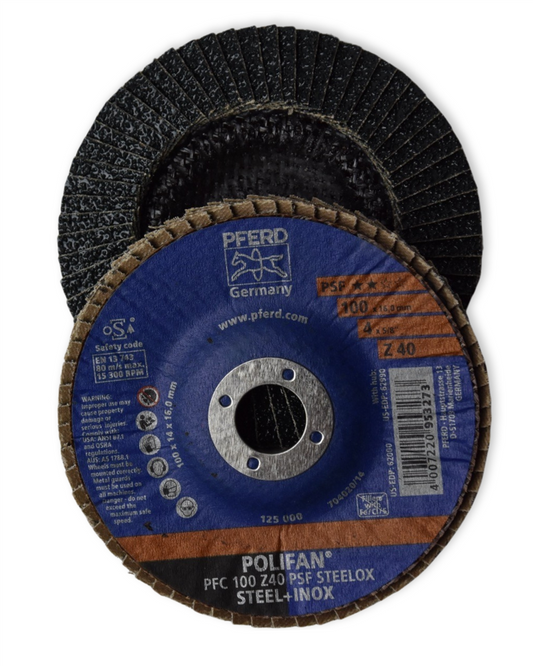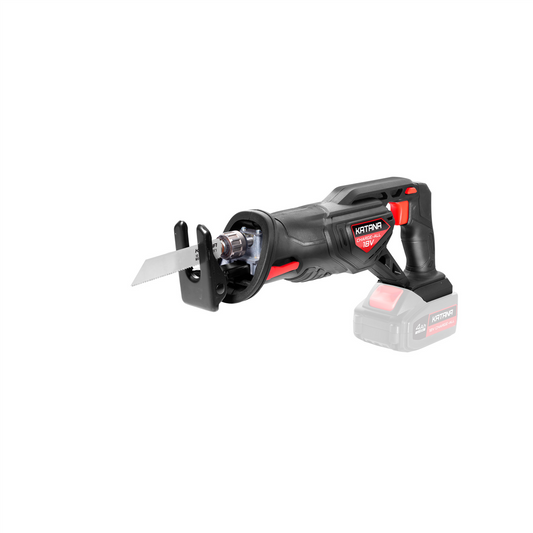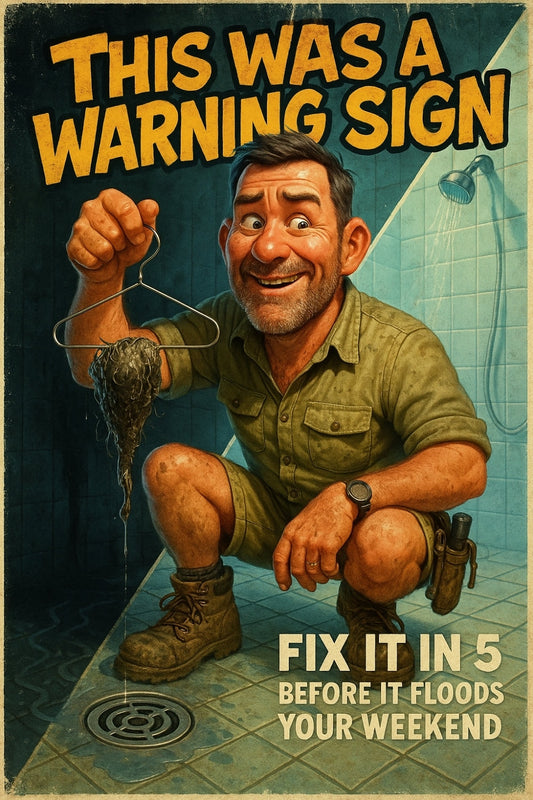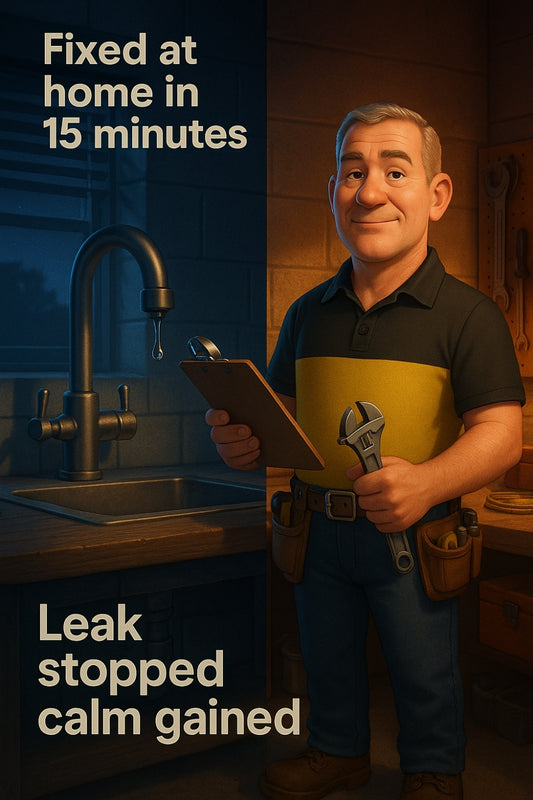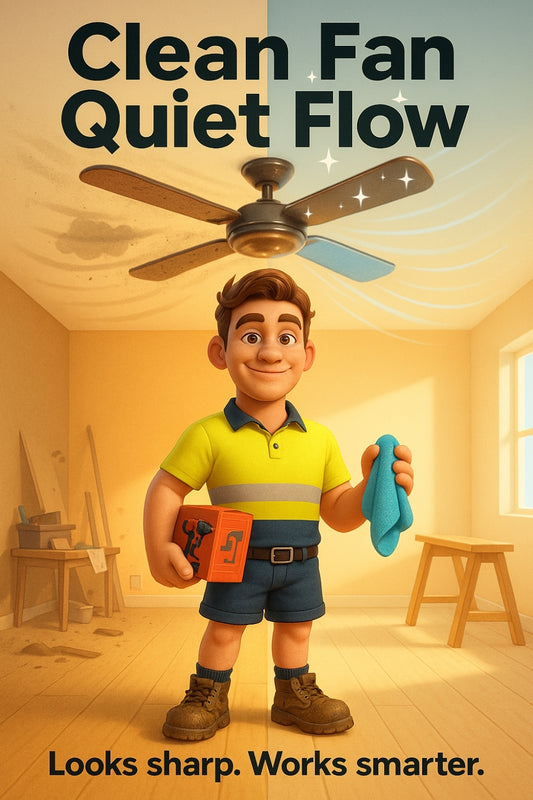A Beginner’s Guide to Power Drills—What to Know Before You Buy
Share
How to Pick the Right Power Drill for Your DIY Projects
So, you’re ready to take on some DIY projects, and a power drill is at the top of your shopping list. Good choice! Whether you're fixing up the house, building a garden bed, or making furniture from scratch, a solid power drill is your best mate. But with so many options, where do you even start?
What Will You Be Using It For?
Before you start eyeing off the meanest-looking drill in the store, think about how you’ll actually use it. Are you planning to put up a few shelves, or are you tackling bigger projects, like building a deck? If you’re more of a casual DIYer, a good cordless drill will be enough. If you’re going full builder mode, consider something more heavy-duty with a bit of extra grunt.
Corded vs Cordless—Which One Should You Get?
This is the big debate in the world of power drills. Both have their perks, so let’s break it down:
- Cordless Power Drills: These are great for portability and convenience. No need to worry about finding a power point—just grab it and go. Perfect for household jobs and outdoor projects.
- Corded Power Drills: If you need continuous power with no battery limitations, a corded drill is the way to go. They pack a good punch and are often a little lighter since they don’t carry a battery.
Most DIYers opt for a cordless drill, but if you don’t want to worry about batteries running out mid-project, corded is a solid option.
What Features Actually Matter?
Drills come with a whole bunch of fancy specs, but there are a few key features that really make a difference:
- Voltage: For general home use, an 12V or 18V drill does the trick. If you're tackling more serious work, go for something 20V or higher.
- Battery Life: If you’re going cordless, look for lithium-ion batteries—they charge faster and last longer.
- Chuck Size: This is the part that holds the drill bit. A 10mm chuck is fine for most household jobs, but if you need something more powerful, a 13mm chuck is the way to go.
- Speed Settings: Some drills have adjustable speed settings, which helps when you're switching between drilling and screwing into different materials.
- Hammer Function: If you’ve got brick or concrete to drill into, a drill with a hammer function is a lifesaver.
Avoid Common Pitfalls
It’s easy to get caught up in marketing buzzwords or just grab the cheapest option on the shelf, but here are a few things to keep in mind:
- Don't Go Too Cheap: A bargain drill might seem tempting, but it won't be much fun if it struggles to get through timber. Invest in a reliable brand.
- Check the Accessories: Some drills come with extra batteries, drill bits, and cases. Others leave you to buy everything separately. Make sure you know what’s in the box.
- Think About the Weight: A drill that’s too bulky or heavy can make simple jobs feel like a workout. Hold it in your hand and see how it feels before buying.
Final Thoughts
A power drill is one of the most useful tools you’ll ever own. Take the time to choose one that suits your needs, and it’ll make all your DIY projects easier and more enjoyable. And if you’re unsure which drill is best for your next project, pop into Strathalbyn H Hardware—our friendly team is always happy to help.
Happy drilling!
Candeece

Stay Connected
Follow our Facebook Page: Strathalbyn H Hardware on Facebook

